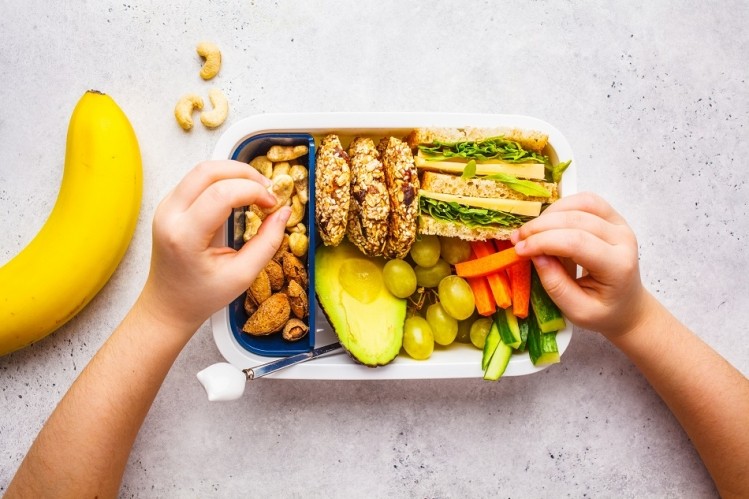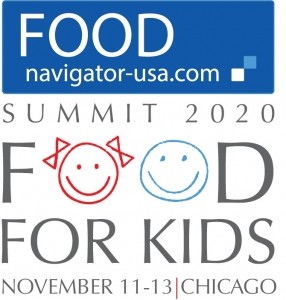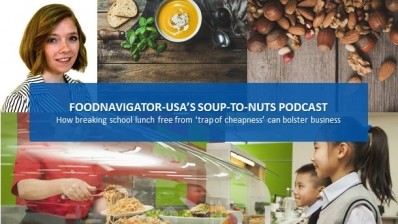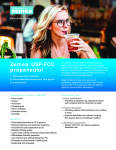Fewer than 2% of packed school lunches meet key nutritional standards, study finds

The study was conducted in UK where 20.2% of children were considered obese in 2018, according to a report by UK’s National Health Service. In the US, the statistics aren’t much different: the CDC estimates that 18.5% of US kids and adolescents are obese.
Lack of fresh food is to blame
According to a major survey, in 2016, fewer than two (1.6%) in every 100 packed lunches eaten by children in English primary schools met nutritional standards (set by the Food Standards Agency in the UK). This was a slight increase from 1.1% in 2006.
Researchers say the lack of fresh food is largely to blame and that the presence of fresh fruit and vegetables in packed lunches has remained “stubbornly low” with just one in five packed lunches containing any sort of fresh vegetables.
As a result, the number of packed lunches meeting the standards for vitamin A, vitamin C, and zinc dropped between 2006 and 2016.
"Children who take a packed lunch into school are at a greater risk of not getting sufficient nutrients," said Dr. Charlotte Evans, lead researcher of the study and associate professor in the School of Food Science and Nutrition at the University of Leeds. "Improving what children eat at school will help reduce the risk of childhood obesity.”
The research was initially funded by the Food Standards Agency in 2006. The repeat 2016 survey was funded by Unilever and the University of Leeds.
Where is progress being made?
The research compared the nutritional quality of packed lunches brought into a sample of English primary schools in 2006 and then again in 2016.
Over the ten-year period there were a number of nutritional improvements to packed school lunches, noted researchers. Non-milk extrinsic sugars -- table sugar, glucose, honey and the sugar added to food and drinks -- were down from an average of 40g per lunchbox to 24g.
This reduction in sugar can be partly attributed to the many major brands in the industry such as Nestle UK reducing the size of confectionery and chocolate products, and the sugar tax introduced to the UK in 2018.
Despite the improvement in sugar content in packed school lunches, several other nutritional areas have not been met over the ten-year period.
Compared to ten years ago, there was no reduction in saturated fats and there was no reduction in the portion size of snack chips. Many lunches lacked dairy products and therefore, fell short on the FSA’s nutritional standard for calcium.
"The research has found that on some fronts, packed lunches have improved but they are still dominated by sweet and savory snack food and sugary drinks. The vast majority provide poor nutritional quality. Addressing that issue over the next ten years will require a concerted effort,” said Dr. Evans.
The researchers argue that measures to increase fruit, vegetable, and water consumption among kids are "critically needed" and immediate solutions could be providing free salad and vegetables at school. Researchers also noted that time constraints play a part in what parents and caregivers decide to put in their children's lunchboxes and that the food industry should develop more lunchbox-friendly healthy options.
The date is set! Attend the 2020 FOOD FOR KIDS summit
Bring your thoughts, insights, and solutions to FoodNavigator-USA’s THIRD-annual FOOD FOR KIDS summit taking place in Chicago on Nov. 11-13, 2020. Stay in the loop on when registration opens.
Is the tide changing on lunchbox meals? Are parents provided with enough healthy lunchbox options to give their kids? Hear what industry stakeholders had to say about last year’s summit HERE.


















